Kurukshetra Review
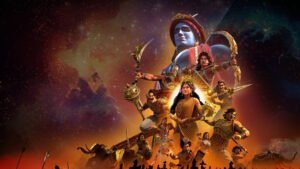
Director: Ujaan Ganguly
Date Created: 2025-10-11 17:02
4
Kurukshetra Review: Directed by Ujaan Ganguly and co-written with Anu Sikka, part one of Netflix’s animated series has nine episodes that recast in a modernist light one of India’s oldest and possibly most powerful stories. Voice of the character is done by actors like Vinod Sharma, Sahil Vaid, Saumya Daan, Annamaya Verma, among others, who do justice to these iconic characters with sheer conviction and emotions. It is not your run-of-the-mill retelling of the Mahabharata; it is a film that offers an equal composition of mythology, animation and introspection.
Kurukshetra Review
The series tracks the 18-day war between Pandavas and Kauravas, but instead of giving us a single point of view, every episode focuses on a different warrior and their individual story. From the upstanding Arjun that’s caught between duty and kin, to the piquant Chakravyuh into which a naïve Abhimanyu is thrown, Kurukshetra attempts to look beyond the battleground at men in their hearts. The animation may be the hook, but it’s the emotional heft that keeps you watching.
One of the first thoughts that struck me while watching Netflix’s Kurukshetra was that it puts emotions over spectacle. Yes, it’s thrilling to watch arrows fly and elephants charge and divine missiles glow, but what stuck with me were the moments of quiet. The times when warriors felt uncertain, or Krishna had to jostle Arjun’s memory about dharma, when Abhimanyu dared everyone to take a step back.
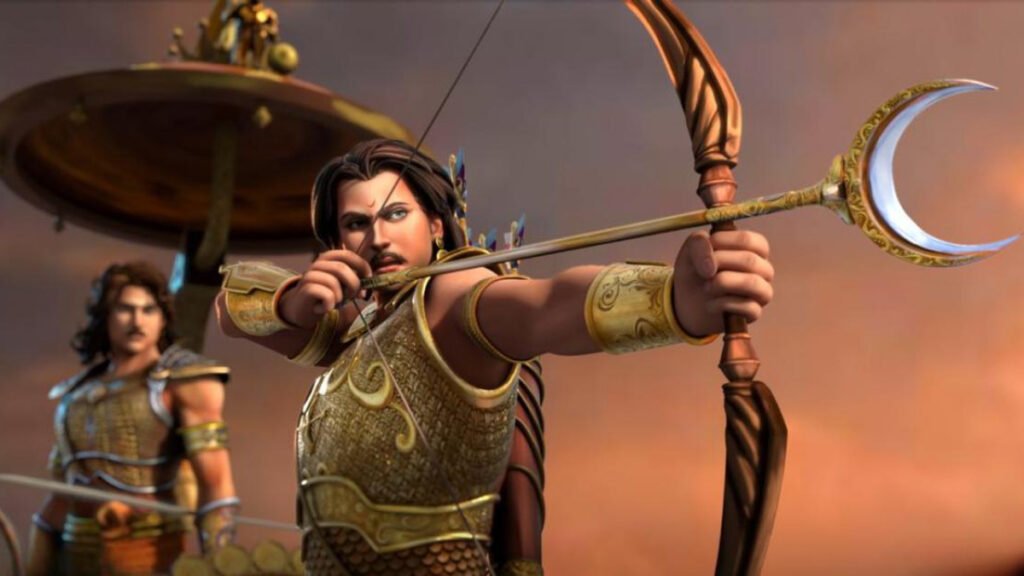
The writing makes certain that even those who are familiar with the story of the Mahabharata can view it in a fresh and thoughtful light. In addition to that fancy footwork, the show does a fine job of balancing flashbacks with present-day war scenes, illustrating how old grudges and broken pacts have led toward inevitable bloodshed. The titles for each episode are a clue to who received the spotlight, lending a sense of focus and order to the storytelling despite such an enormous narrative.
Now onto the animation itself. Kurukshetra: The Great War of Mahabharata is animated in 3D, and while the animation isn’t up to par with some international animated series, it marks a leap forward for Indian animation. The landscapes are wide, the war sequences epic, and the colours sumptuous. The facial expressions can occasionally be a bit wooden, and with all those dudes in jumpsuits confined to circular portholes about three-quarters of the way up the frame, some of the characters just look kind of samey — but that’s nitpicking on a canvas so grand.
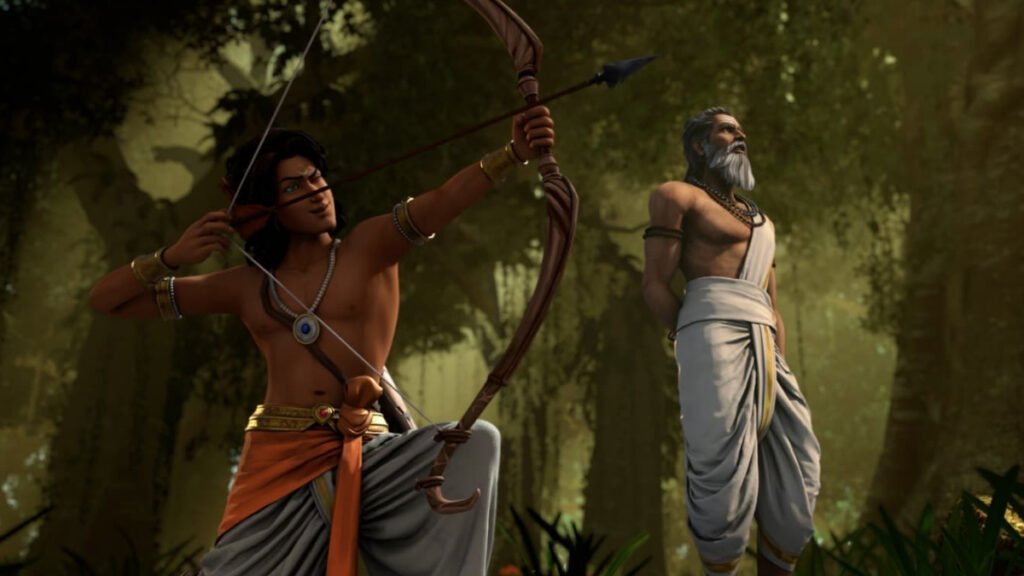
The plus is that the animation doesn’t seem to be going for some kind of higher realism; it’s more stylised, which fits the size and tone of a story like this. The visual feel often reflects the emotions of its characters — darker shades in the midst of moral crises, lighter when things are clear or a matter of faith.
Also Read: Old Money Review: Engin Akyürek and Asli Enver Elevate a Familiar Tale of Love and Ego
And as a guy who has listened to the stories of the Mahabharata by his elders, Kurukshetra in this incarnation was a new change. It’s an example that myths can be reported seamlessly to the modern world without losing anything worthwhile from them. Another feature that needs to be praised is the dubbing in the Kurukshetra series. Vinod Sharma’s low-pitched Krishna has authority and compassion in equal measure. Sahil Vaid and Saumya Daan provide personality and some punch to the warriors they portray. Each line is judicious and purposeful.
The background score and songs, especially those penned by Gulzar, turn the battle into poetry. The verses are simple, but rich in meaning — the sort of words that hang in there after the episode is over. The sound design fuses the clash of weapons with the pulse of chants and the whisper of conscience, so that instead of sounding violent, the war plays out emotionally.
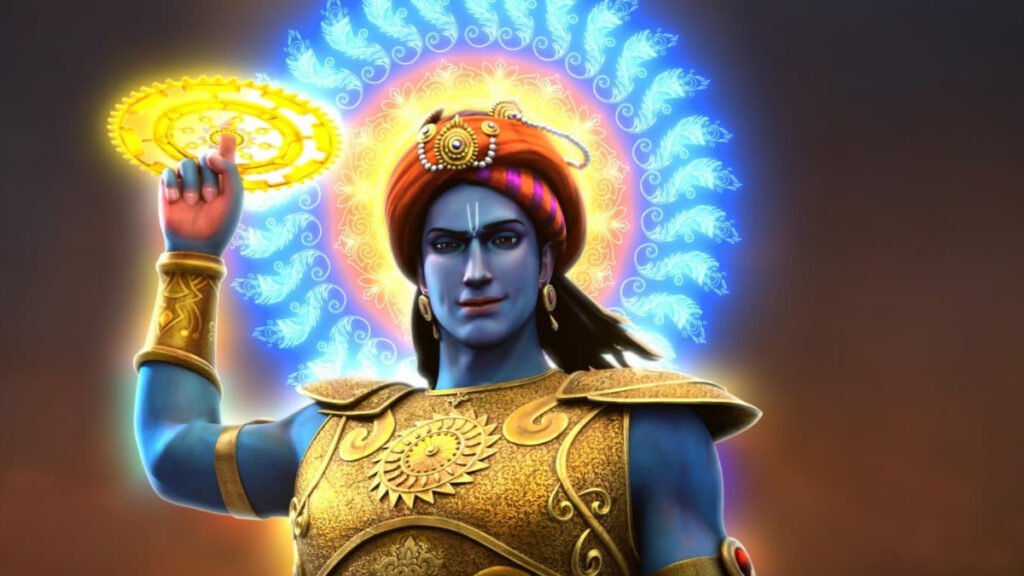
Of course, there is a downside to the Netflix animated series Kurukshetra as well. The storytelling can occasionally seem hasty, especially when it tries to layer in multiple perspectives in a single episode. At times, the timeline leaps erratically between past and present, which can leave audiences unfamiliar with the Mahabharata feeling disoriented and lost.
Also, if the animation has become better compared to previous Indian ventures, there’s still some space to rework things – expressions, depth and smooth movements could have made it even a better outing.
But these niggles never dominate what the show accomplishes — creating a centuries-old epic that feels pertinent again. It invites viewers to contemplate what is right and wrong, duty or desire, victory and defeat, which are as much a part of our world today as they were in the times of Kurukshetra.
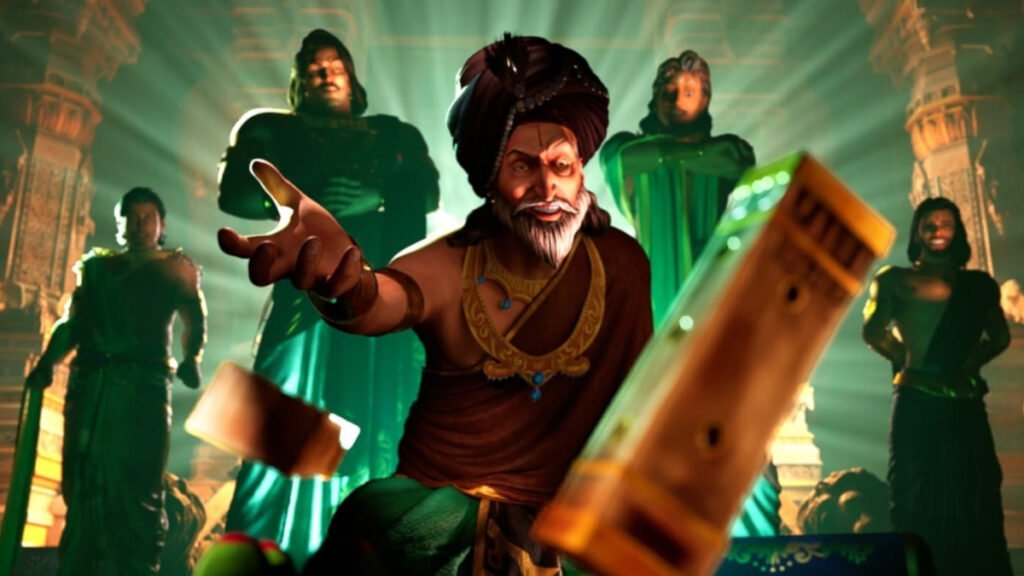
The Kurukshetra animated series resonated most with me due to its emotional honesty. The creators are not glamorising war; they insist on showing us how every victory comes at a cost. Abhimanyu’s story in particular is an emotional gut punch — his bravery, his cruel fate and how it changes the whole tenor of the war. The series does more than describe battles; it tells what happens next.
The other thing I liked was the simplicity in the storytelling. The authors didn’t attempt to make it feel too intellectual or poetic. They made it accessible, even for younger viewers, while preserving the depth. That balance is rare.
Netflix Kurukshetra Review: Summing Up
Kurukshetra: The Great War of Mahabharata is one of those uncommon animated shows that succeeds both as spectacle and personal tale. It’s not perfect as animation, but it gets to the top with strong storytelling, emotional depth and soulful voice work. It’s a reminder that mythology is not just about gods and wars: It is the stuff of people, choices and consequences.
